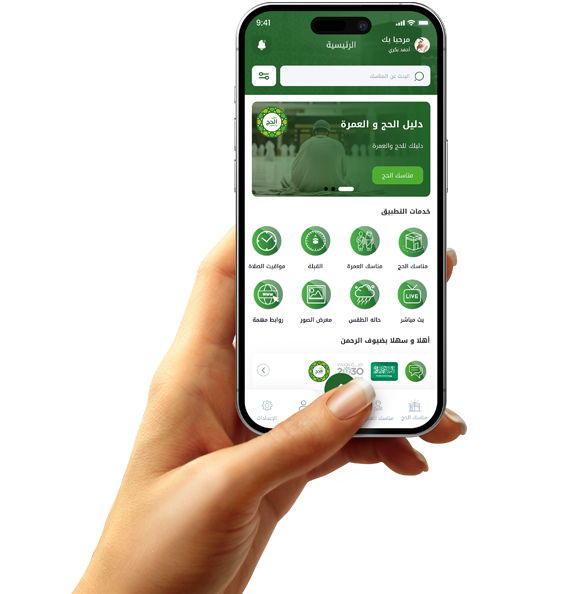Designing inventory and order management applications for small businesses

The Importance of Designing an Inventory Management App for Small Businesses
Small businesses often don't have enough human resources to manage inventory manually, making an app an ideal solution.
When designing an inventory management app, the first priority is simplicity and clarity.
A user-friendly interface helps non-technical staff quickly interact with the system without the need for extensive training.
The ideal app should allow for the entry and update of product quantities with a single click.
It should also include alerts when inventory drops below the required threshold.
A quick search feature within the database saves significant time when checking or modifying data.
A barcode scanner can also be integrated to facilitate the recording of products upon entry and exit.
A detailed transaction log enhances transparency and enables easy error tracking and review.
It is also important to support offline operation so that the app remains effective at all times and locations.
Cloud applications that automatically save data ensure security and recovery in the event of an error.
In-app data analytics help make decisions such as when to reorder or dispose of stagnant products.
The app can be linked to billing and accounting systems to automatically update financial data. The integrated order tracking feature makes it easy to monitor the status of each shipment from the moment of ordering until delivery.

How does the app help reduce human errors in inventory management?
Manual inventory management exposes small businesses to many errors, such as duplication, shortages, or inaccurate billing.
However, by designing a specialized inventory management app, these errors can be significantly reduced, and most of them eliminated.
The app doesn't rely on human judgment, but rather on accurate numbers that are automatically updated with each entry or exit.
For example, when a product is sold, it is deducted from the total quantity without the need for manual recording.
The app also prevents duplicate registration or entry of the same product twice by verifying codes or barcodes.
The smart alerts feature plays a significant role in reducing errors, notifying the user of any defects or shortages.
The system can be programmed to reject transactions that contain logical errors, such as entering a negative quantity or exceeding the available limit.
The data in the app is stored and organized, making it easy to review and correct any errors when necessary.

The Role of Integration Between Inventory Applications and Sales Systems in Improving Performance
Many small businesses face the problem of duplicate data between the sales department and the inventory department, which causes errors and delays.
However, when an inventory management application is designed to be integrated with the sales system, operations become a seamless and efficient process.
Whenever a sale is completed through the point of sale or website, the product is directly deducted from the inventory quantity.
This integration prevents the sale of out-of-stock products and maintains the company's credibility with its customers.
Also, there is no need to manually update data, reducing duplication and errors in entering quantities.
The application can display the real-time inventory status of each product, helping sales promote only available products.
It also allows for instant reorder alerts to be generated when inventory is low after consecutive sales.
The reports generated by this integration are more accurate and comprehensive, combining sales and inventory data simultaneously.
This contributes to making better decisions regarding resupply or expansion of specific products.

How to Improve User Experience in Inventory Management Apps
When designing inventory management apps for small businesses, improving the user experience (UX) is crucial to ensuring operational efficiency and customer satisfaction.
An inventory management app may seem complex at first, so the interface should be simple and easy to understand.
One of the most important aspects of improving user experience is designing an intuitive user interface that allows for easy navigation between different options.
Customizing the interface based on user roles also improves efficiency, as an employee handling daily inventory additions doesn't need the same options as an inventory manager.
Adding an advanced search bar within the app enables users to quickly find the products or collections they need.
Furthermore, it's a good idea to provide multiple filters to filter products based on characteristics such as available quantity, category, or receipt date.
Pages should be carefully designed to minimize the number of clicks and the time required to access the required information.
The app should be responsive and fast, as speed is one of the most important factors affecting user experience.















